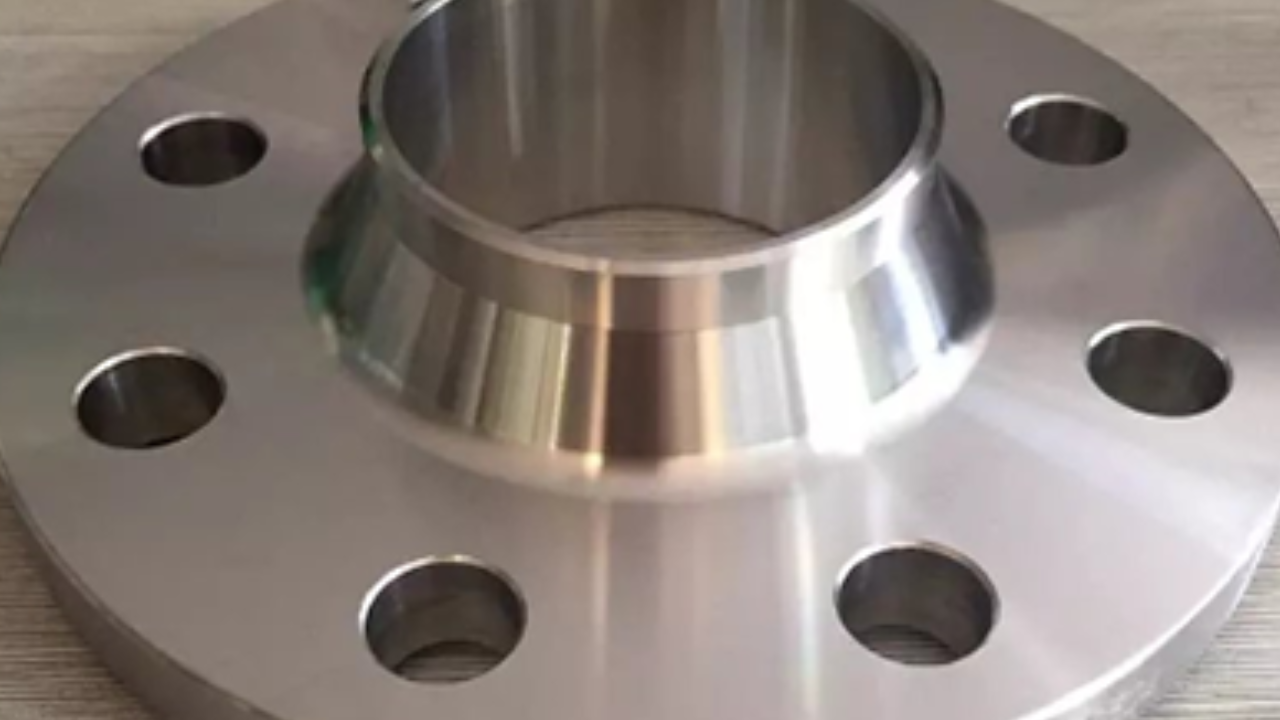A flange is made up of three parts: a metallic flange that is fastened to pipes or other equipment via welding or bolting. The bolting material, which holds the connecting flanges together to form a safe and leak-proof connection, is the third component. The second is a gasket that fits in between two flanges.
To facilitate simple system disassembly and maintenance, A-flanges are frequently used in plumbing systems. They are also used to connect industrial equipment to pipe systems, including pumps, valves, and static equipment. If you want to know How many types of flanges are there? You can read this article to know more.
There are various kinds of piping flanges available, and each has special qualities and advantages. The differences between these flanges must be understood to select the appropriate one for a given application.
Many Kinds of Flanges
We will discuss the many kinds of piping flanges, along with their uses in diverse piping systems.
Reducing Flange
To accommodate a change in pipe size, a reducing flange is used in place of a standard flange. With this flange, standard reducers in pipes are no longer necessary. The flange has a single diameter that is specified along with a smaller diameter bore size. A reducing flange is thought to be an affordable way to make a pipe size transition because it has dimensions identical to the standard pipe flange size, except for the bore and hub dimensions.
Weldoflange and Flangeolet
A flangeolet is a hybrid of two olets, primarily wallets or nipples, and a flange. The image illustrates this concept, with the hub length being longer than the flange, resembling a long neck weld flange. For high-pressure pipework, a 90-degree branch connection is utilized. As compared to the conventional Olet + Pipe + Flange connection, it minimizes the two weld joints more than the Olet + Flange connection, which only calls for one weld joint. The picture of the flangelet branch is visible.
Expander Flange
While the pipe's size is increased to the first or second larger size, it resembles a weld neck flange. It's an alternative to welding neck flanges and reducers. Helpful for making connections to pumps, compressors, and valves. These flanges are uniquely made. The weld neck's dimensions match those of the connecting pipe, and the other dimensions match those of standard ASME B16.5 flanges.
Flanges for Lap Joints
There are two parts to the lap flange the loose backing flange and the stub end. Although the flange that supports can freely move over the pipe, the stub end is affixed to the pipe using welding by the butt. To save money, the flange that supports able can be composed of a material other than stub material, which is typically carbon steel. When space is limited and frequent disassembly is necessary, a lap flange is utilized. The flange that supports, which is typically made of carbon steel to save costs, can be made of a material other than stub material. The butt-weld method of this flange offers superior joining over socket and threaded-type flanges.
Blind Flange
A blank disc with a bolt hole is called a blind flange. To isolate the piping system or terminate the piping as an end, these flanges are used in conjunction with another kind of flange. In the vessel, blind flanges are also utilized as a manhole cover. These are used to seal off an unused pipe segment or nozzle on a vessel. Normally, a nozzle is a pipe that emerges from a vessel and is flanged to allow it to be attached to pipes or valves.
Summary
The purpose of a flange is to connect pipes as well as to other pieces of equipment and piping components. In many different industries, including manufacturing, petrochemical, oil and gas, and others, piping flanges are essential components of a piping system. These flanges create a tight seal that stops leaks and guarantees effective fluid flow within the system when they join pipes to valves, equipment, or another pipe spool.


